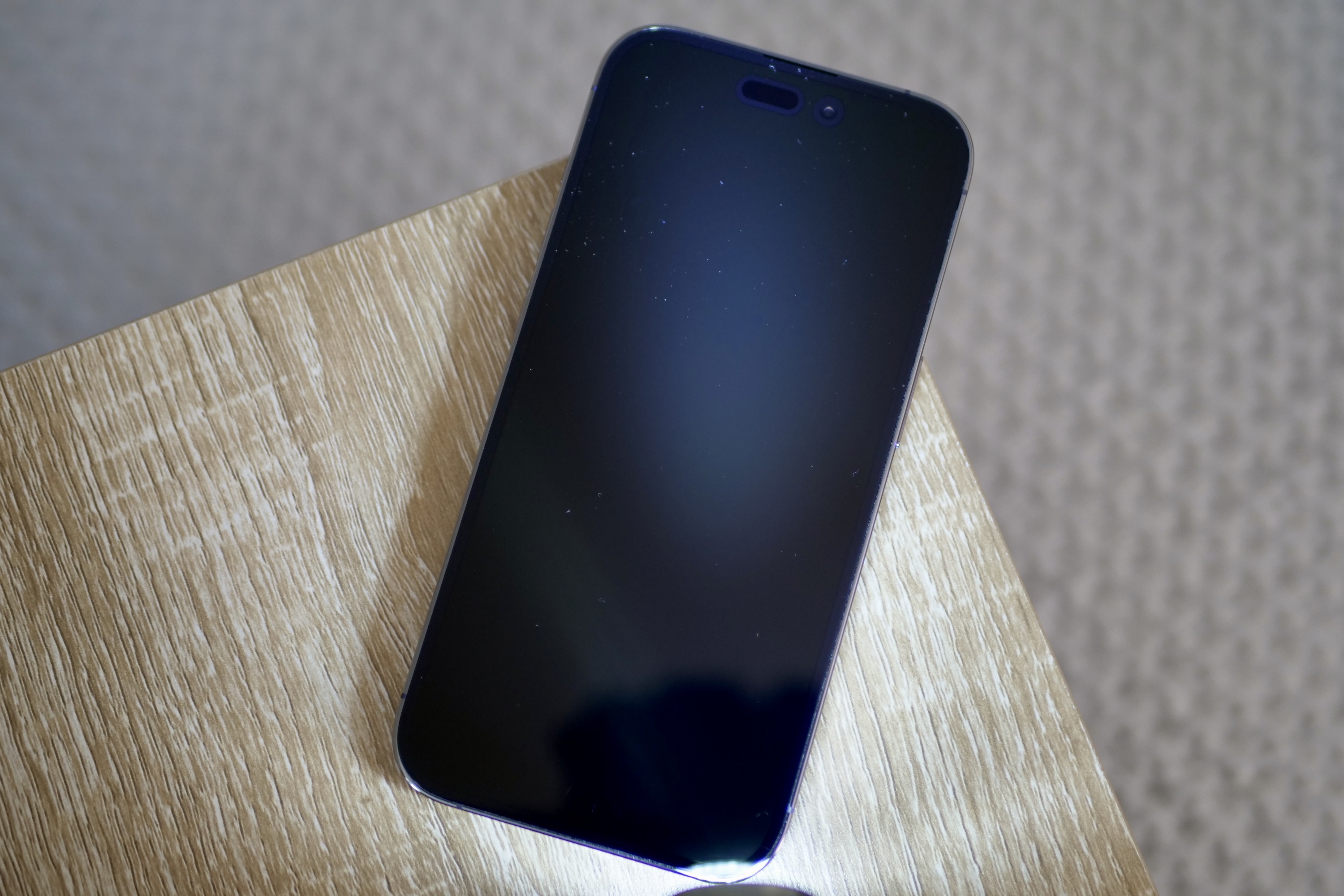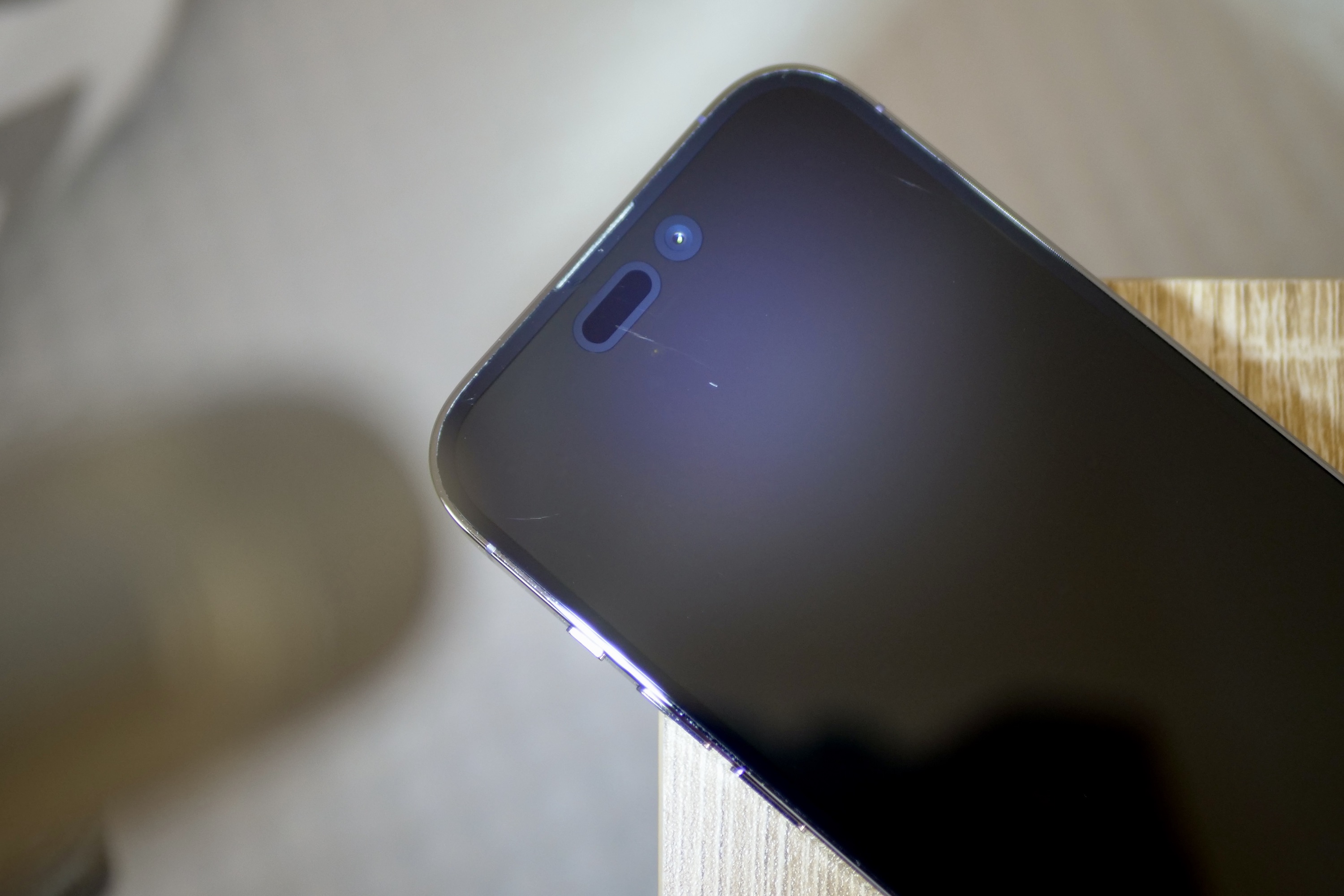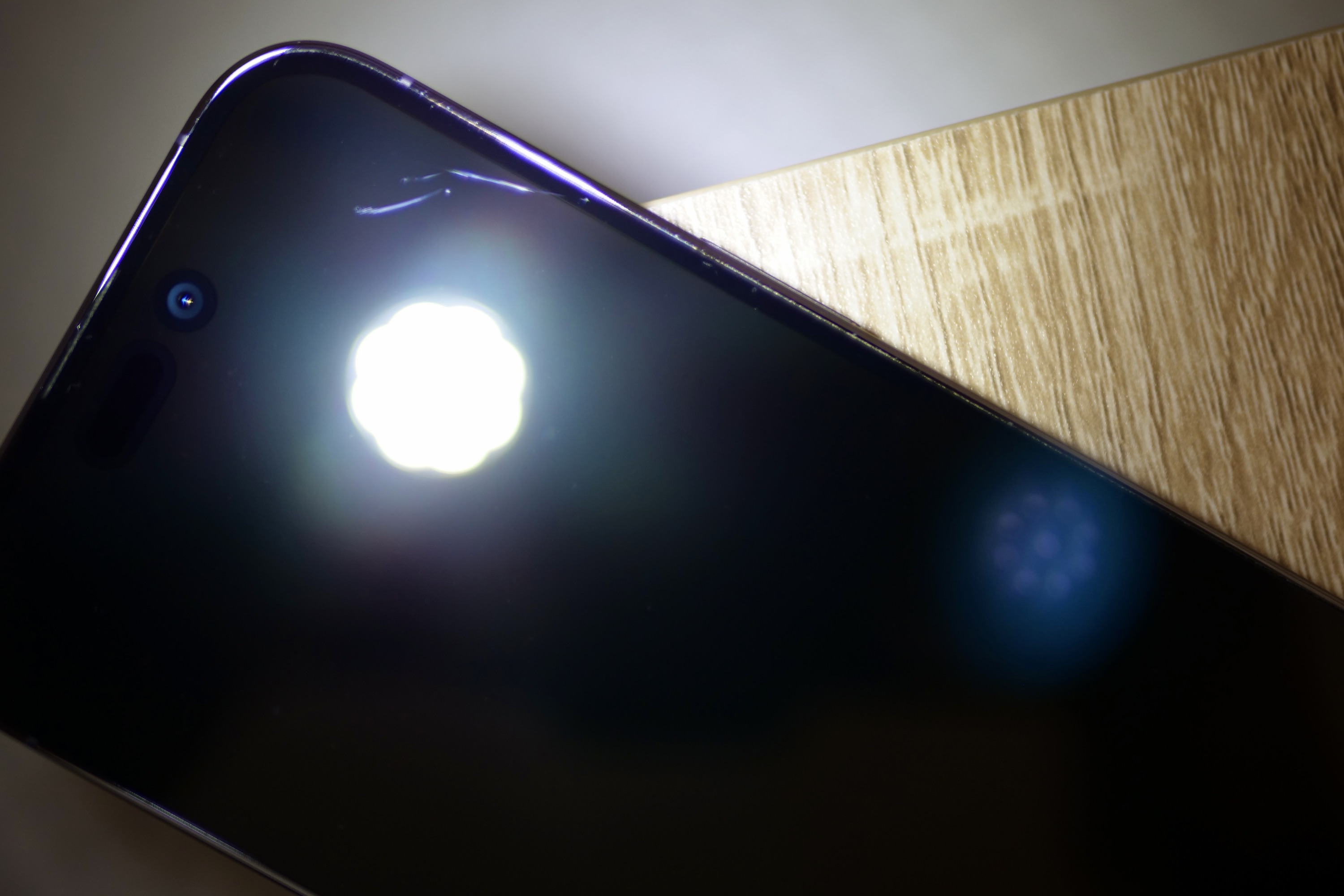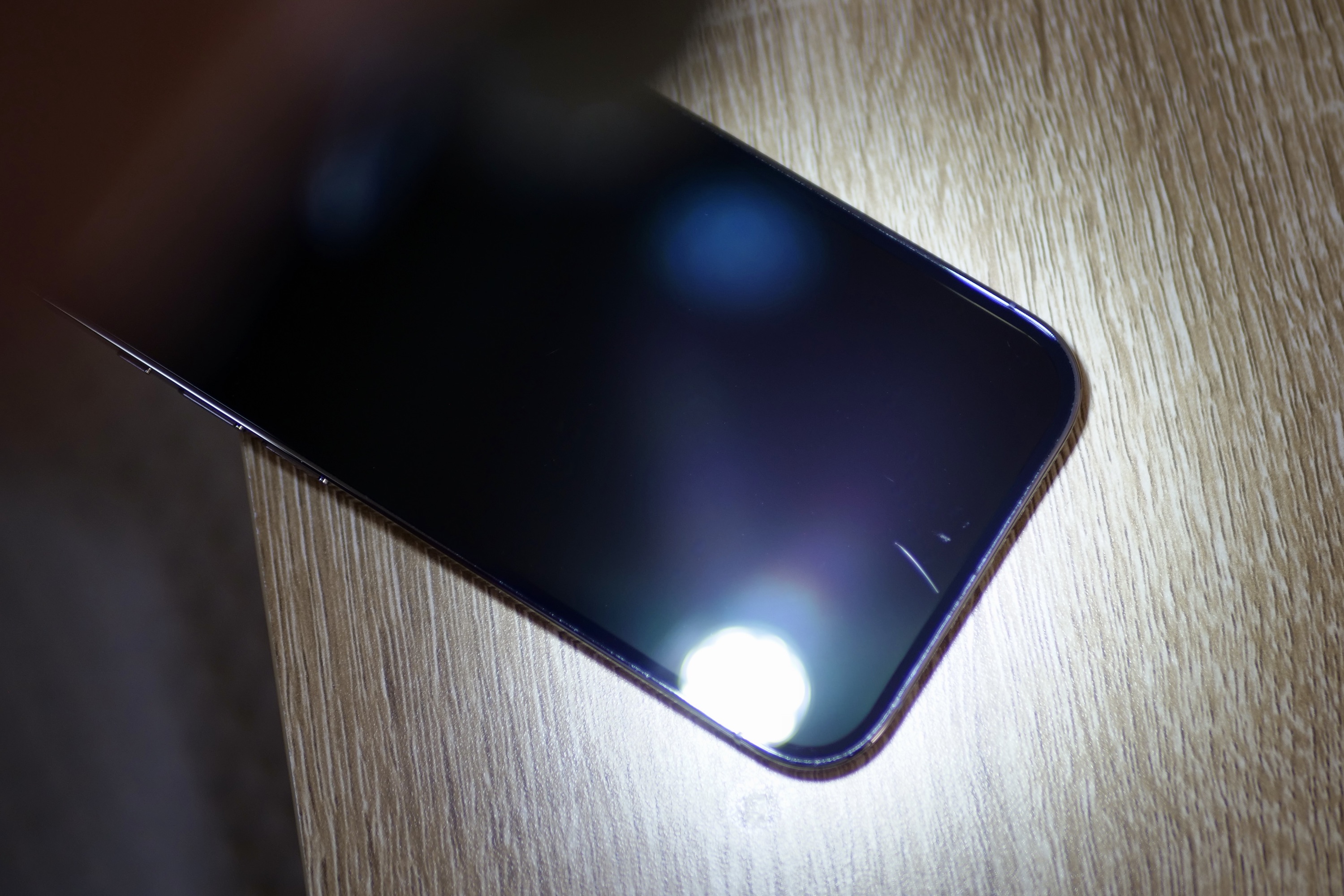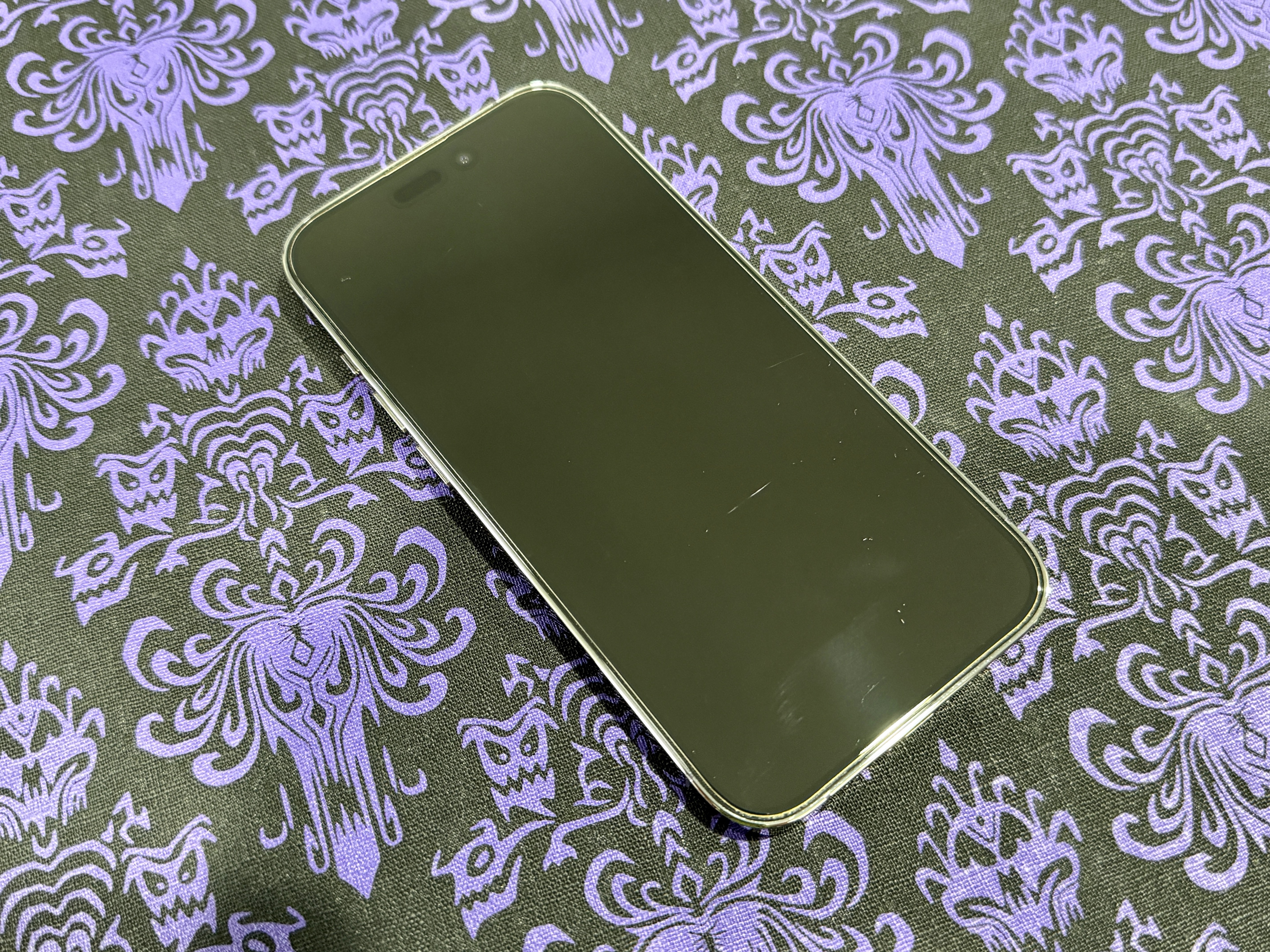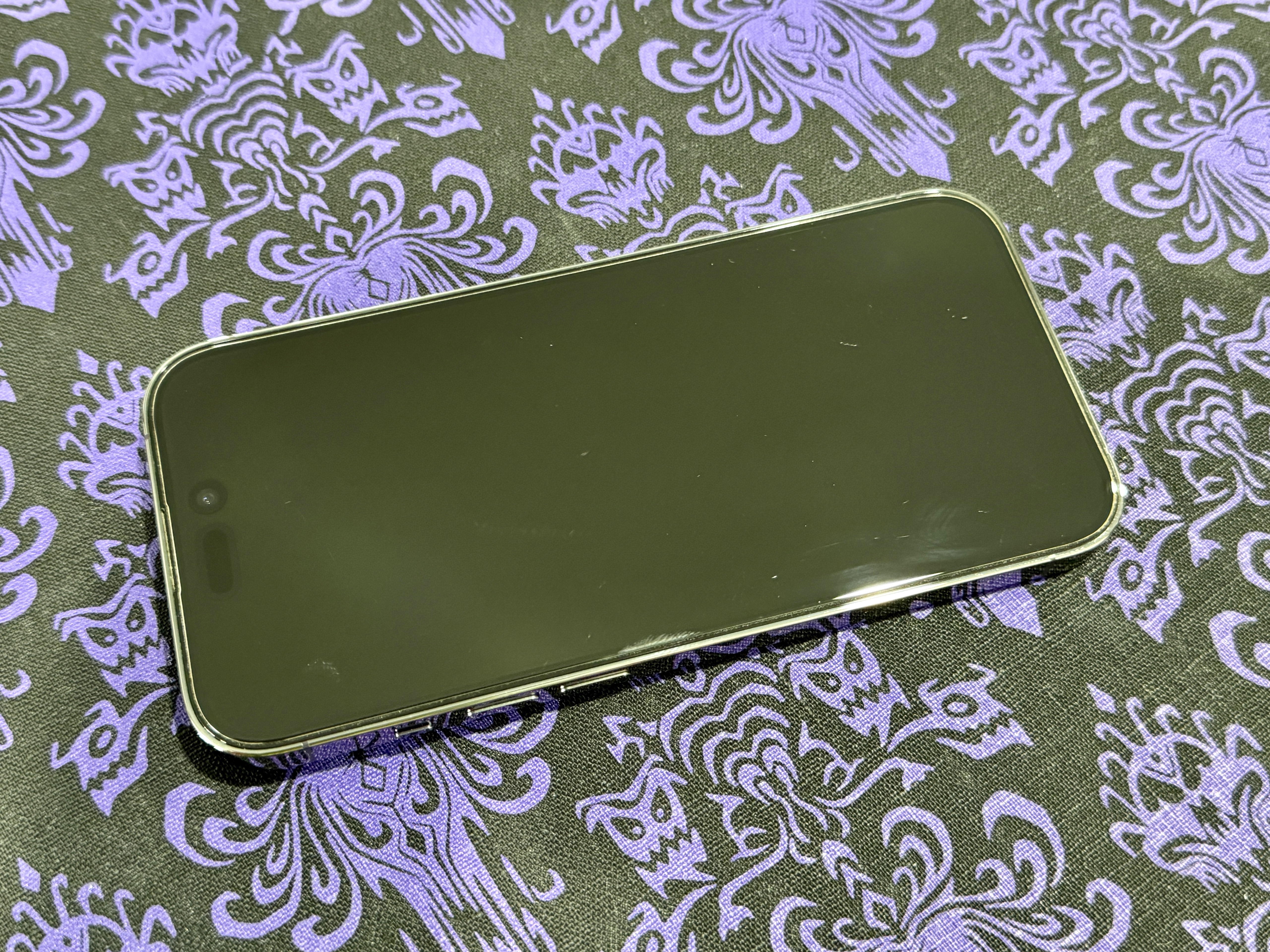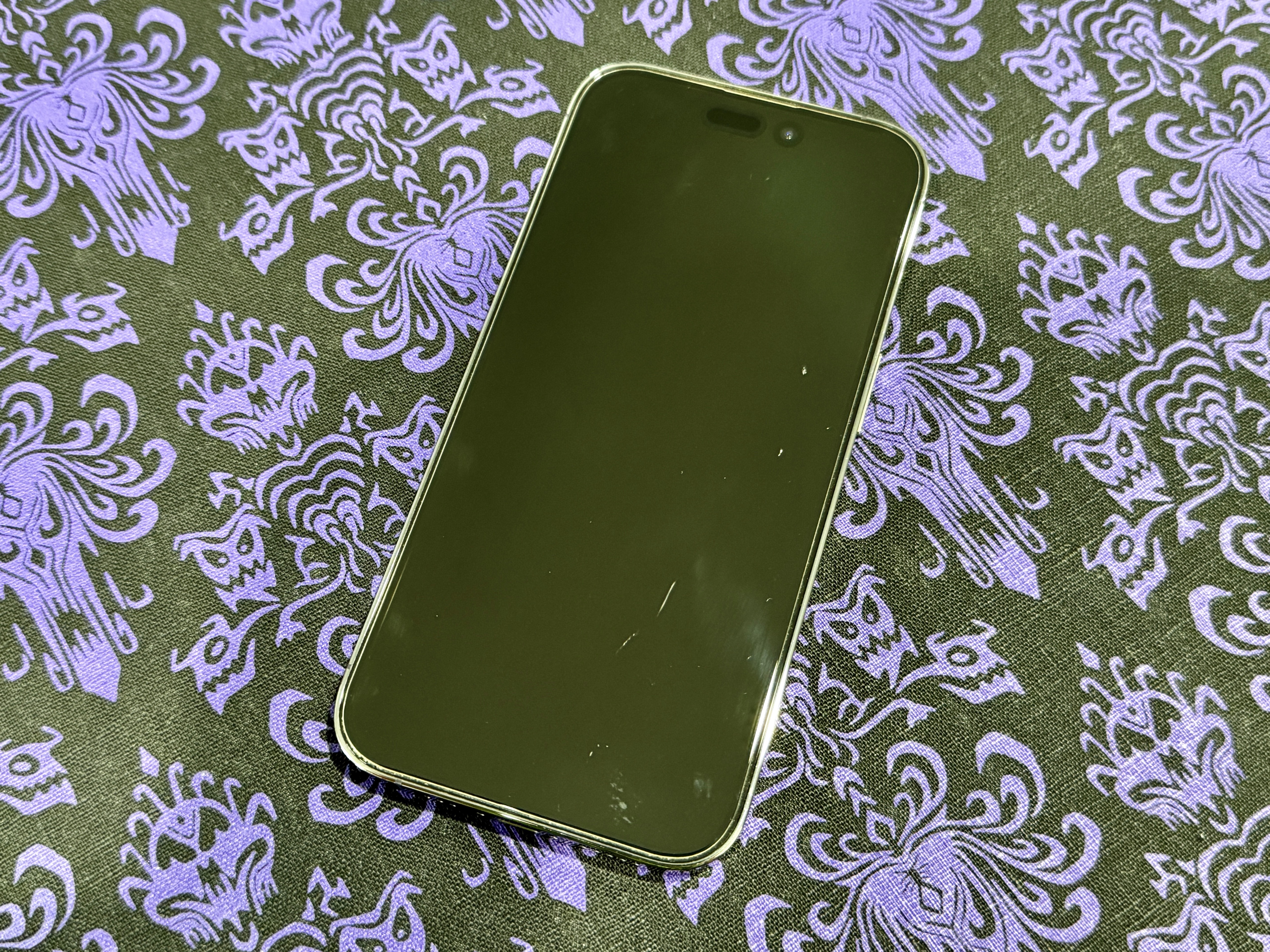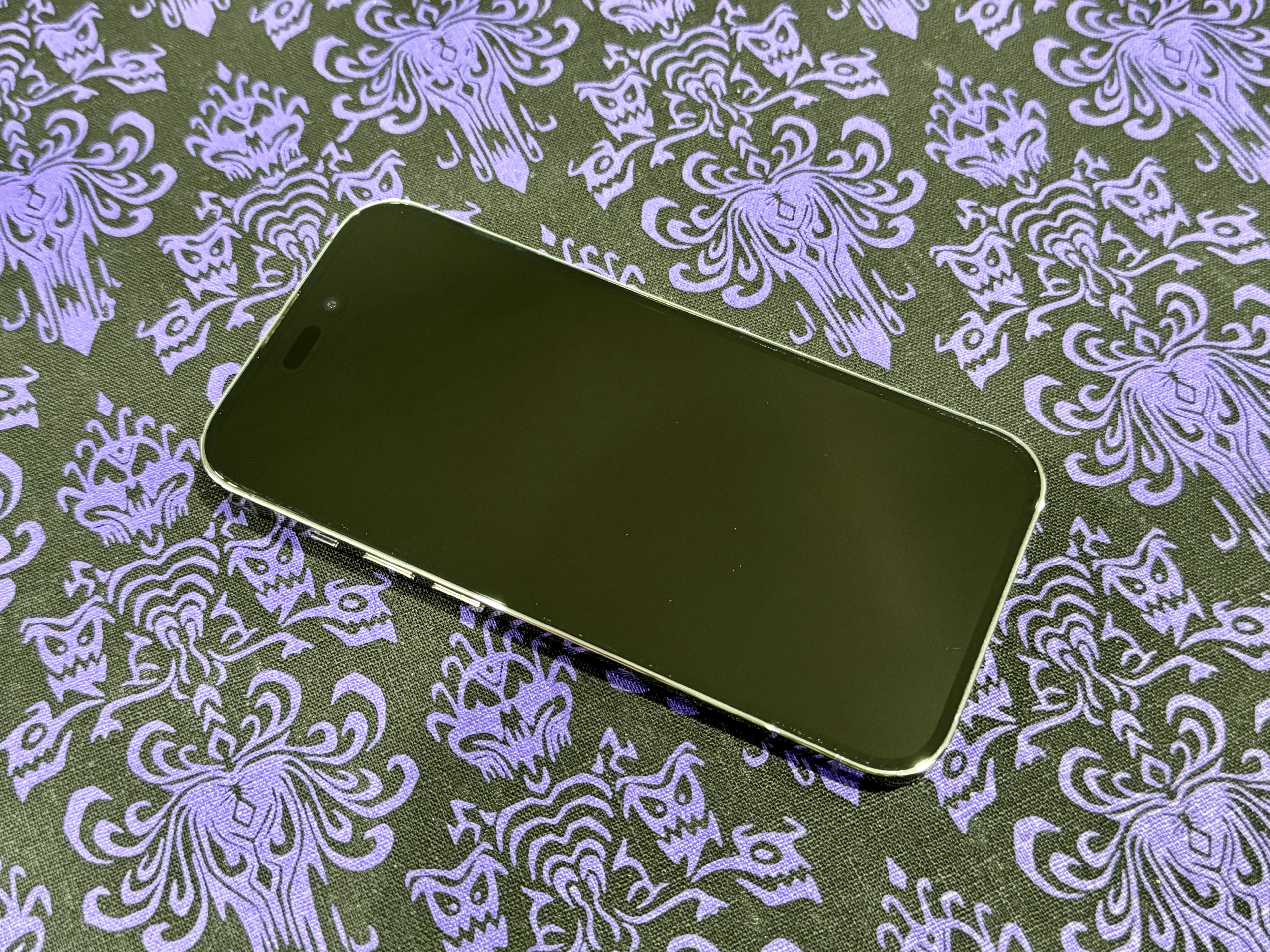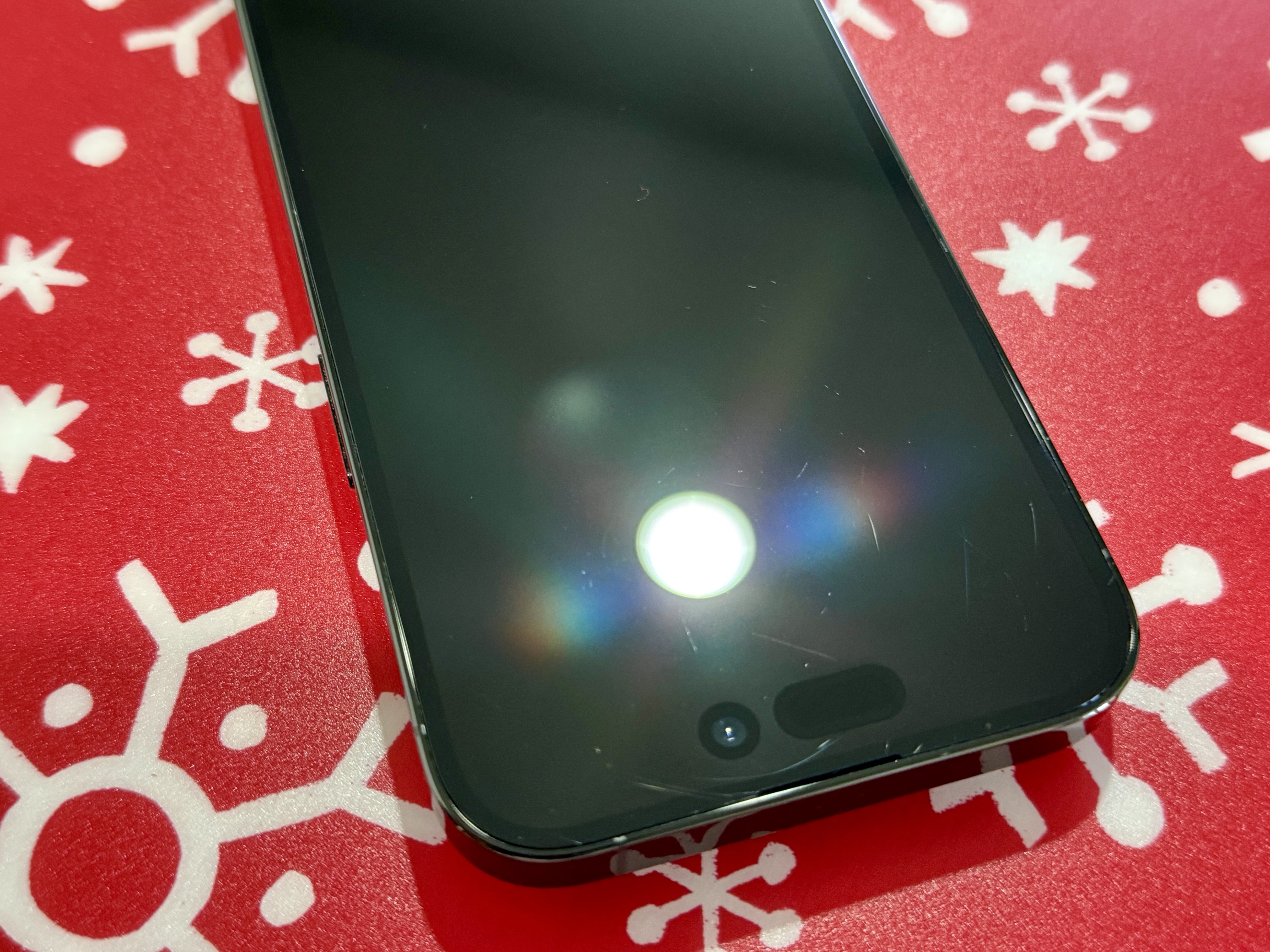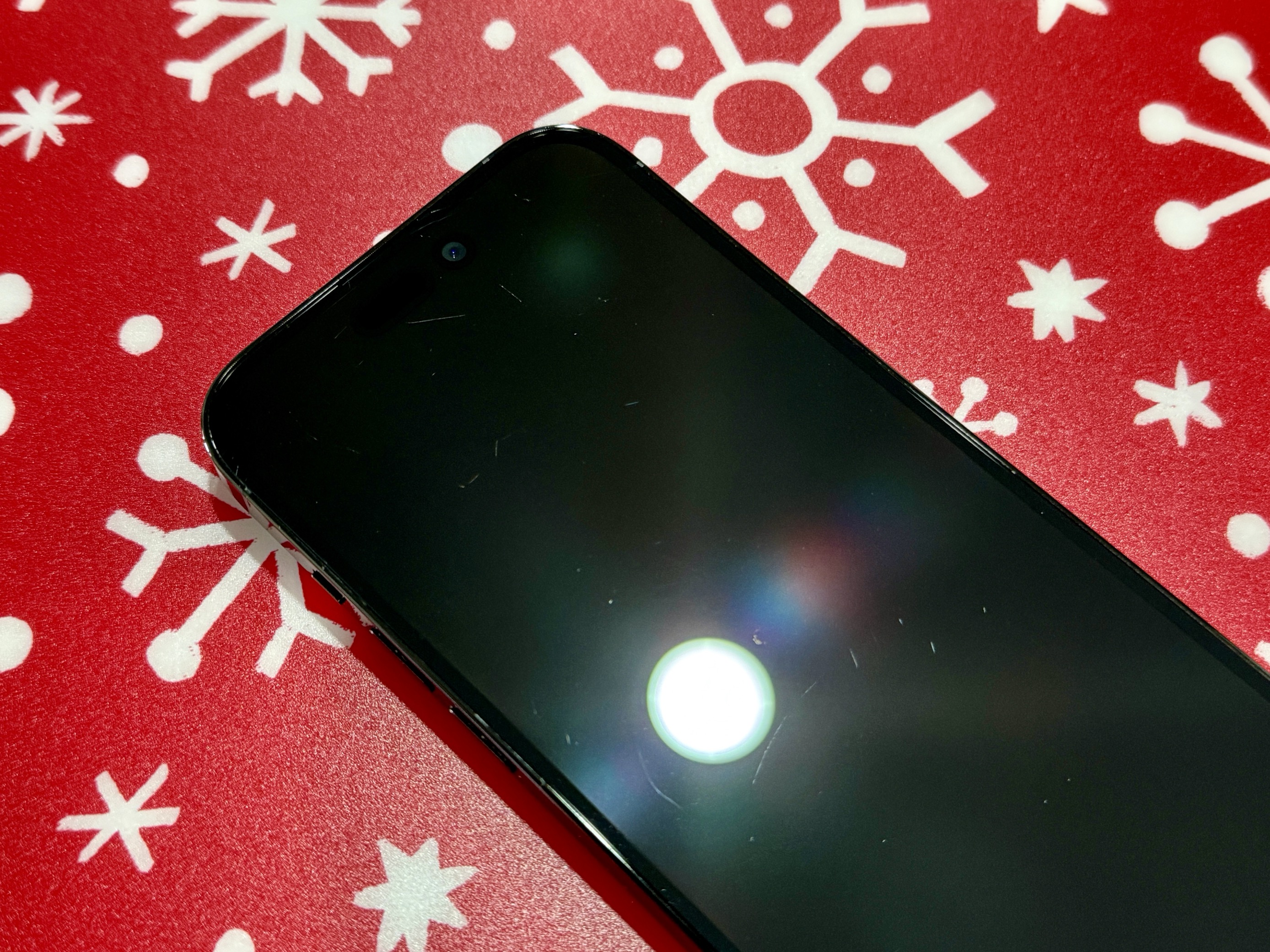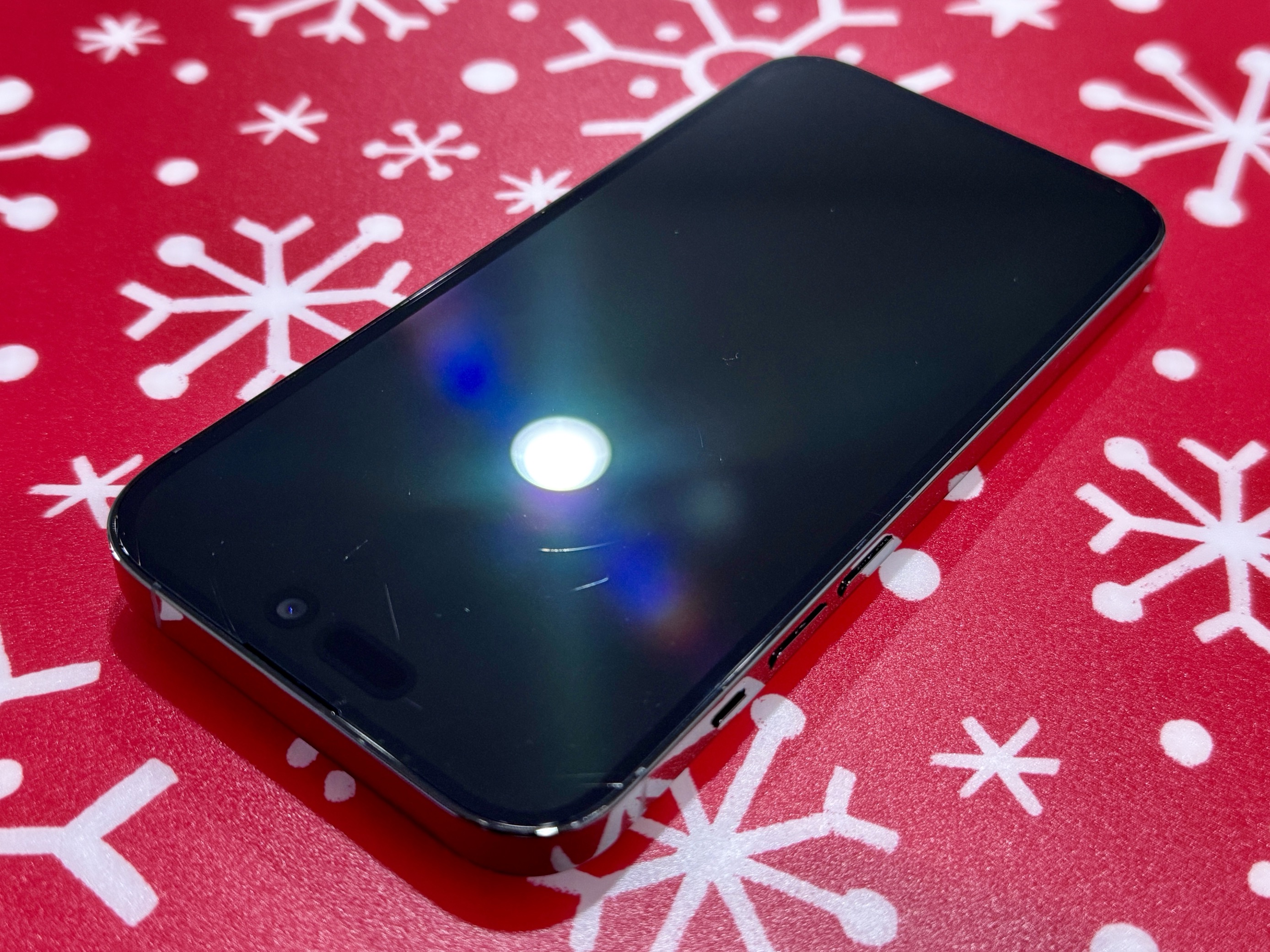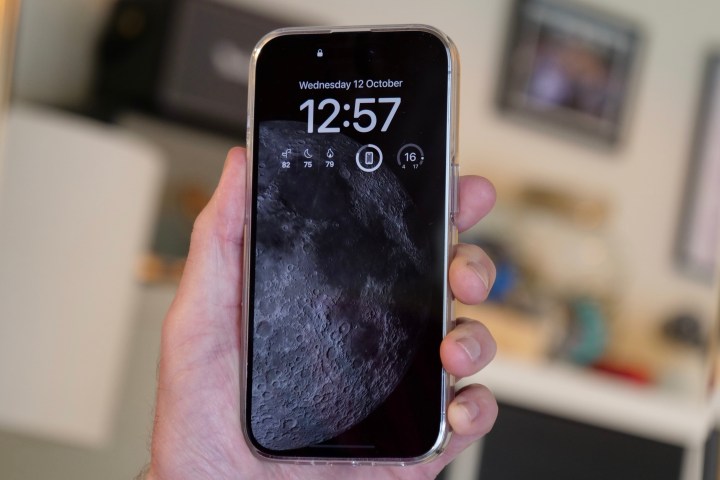
Apple says its Ceramic Shield glass over the iPhone’s screen is “tougher than any smartphone glass,” but how accurate is this statement? The Digital Trends Mobile team has each been using one of the iPhone 14 series models for the last year and two of us haven’t put a separate screen protector on, while the third member of the team has. Here’s how the screens have held up — and what we think about Ceramic Shield.
Ceramic Shield was first introduced by Apple on the iPhone 12, and it claimed it went “beyond glass by adding a new high-temperature crystallization step that grows nano-ceramic crystals within the glass matrix, increasing drop performance by 4x.” Apple worked with Corning, the same company that makes Gorilla Glass, which is used on many smartphones from other manufacturers, to produce Ceramic Shield. It’s found on all iPhone 12, iPhone 13, iPhone 14, and now all iPhone 15 models.
iPhone 14 Pro — Andy Boxall
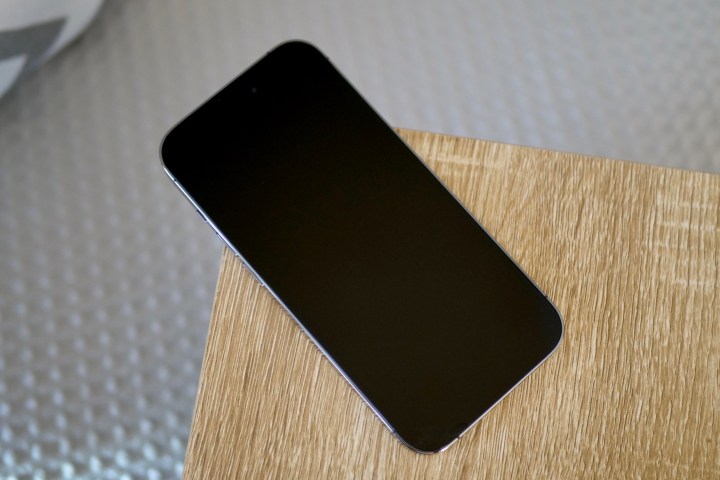
I conducted a similar test with my iPhone 13 Pro, in which it spent a year with me without a screen protector and did a decent job of avoiding deep scratches. That’s not to say it didn’t scratch; it’s just the majority of the ones that it did gather couldn’t be felt and were only noticeable when the screen was off and in certain light. Its performance didn’t push me into using a screen protector on my iPhone 14 Pro.
I’ve treated the iPhone 14 Pro in the same way as always. It lives in a case, but I put it everywhere from in my pocket or a bag, in the center console in my car, on tables, and everywhere else. It gets used every day in all kinds of situations, and although I take care of it, I don’t baby it. I haven’t dropped the phone onto any hard surfaces, so I haven’t been able to assess its ability to withstand shock, but I’m impressed with how Ceramic Shield has protected it from scratches it may pick up on a daily basis.
After more than 360 days, the screen has very few marks, and I can’t feel any of the ones it does have with my finger or my nail. It has definitely survived a year in my ownership better than the iPhone 13 Pro did, suggesting Corning and Apple have continued to improve the formula and performance. What’s more, if I didn’t deliberately highlight the marks in the photos using a light, you wouldn’t see them. I’ve included two additional photos showing the screen in normal light and with a light to the side, emphasizing you really have to work to spot the scratches.
I’m okay with the way Ceramic Shield has protected the screen. I don’t regret not putting a screen protector over it, as I have enjoyed the excellent tactility of the glass, avoided the annoyance of putting a protector on properly, and didn’t have to watch it get messy over time and ruin the look of my phone either. I’m not using a screen protector on my iPhone 15 Pro Max, either.
iPhone 14 Pro — Christine Romero-Chan
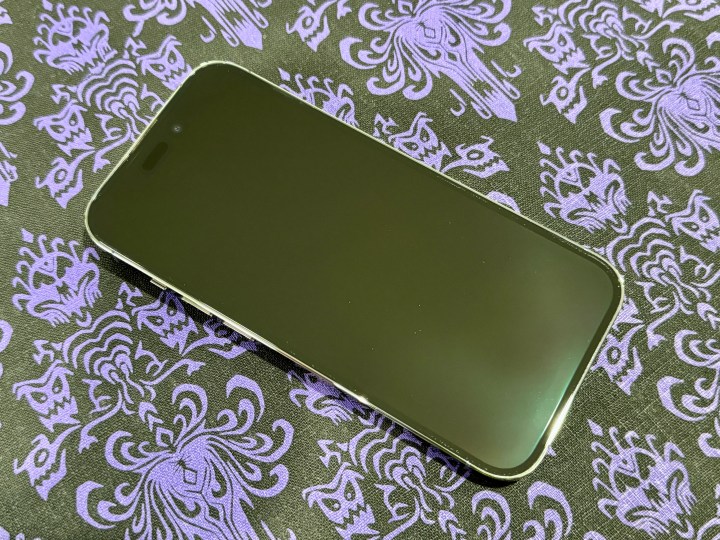
When Apple first introduced Ceramic Shield on the iPhone 12 lineup, it was touted as being tougher than any other smartphone glass, so naturally, I figured I wouldn’t need a screen protector as I had mostly been doing up to that point. However, when I put my iPhone 12 Pro face-down on a placemat to take some pictures of the gorgeous Pacific Blue color of the back glass, I noticed some small, fine-line scratches on the front glass right after. I thought the placemat was clean of debris, but apparently, I missed a tiny speck, and now my iPhone 12 Pro display was ruined.
Since then, I have put on a screen protector with my iPhone 13 Pro and iPhone 14 Pro. I also tend to have butterfingers, so I always use a case, even though the iPhone 14 Pro looks excellent without it. I shattered my first original iPhone screen, so I have always used a case since.
As you can see from my photos, the screen protector that I used for the past year has picked up quite a few microabrasions and scratches over the course of a year. Even some of the coating on the protector has come off, making it look like I have specks of debris on the screen when I used the phone. I tried multiple times to wipe them away to no avail. The scratches seem like a lot, but when you’re actually using the phone, it’s not as easy to notice due to the lighting. Only if you’re holding it at a certain angle could you notice the scratches, but how much that would bother you depends on your level of OCD.
After I took the screen protector off, the iPhone 14 Pro display was quite pristine — like the day I got the phone. The photos I took of the display after taking off the protector seem to show some scratches, but those are actually just specks of dust. There aren’t really any scratches on the Ceramic Shield after using a screen protector because the screen protector took all the scratches instead, as it was meant to do.
Now that I have an iPhone 15 Pro, I immediately put a screen protector on it and will keep using it until it either shatters from a drop and I need to replace it — or until I upgrade my phone again
iPhone 14 Pro — Joe Maring
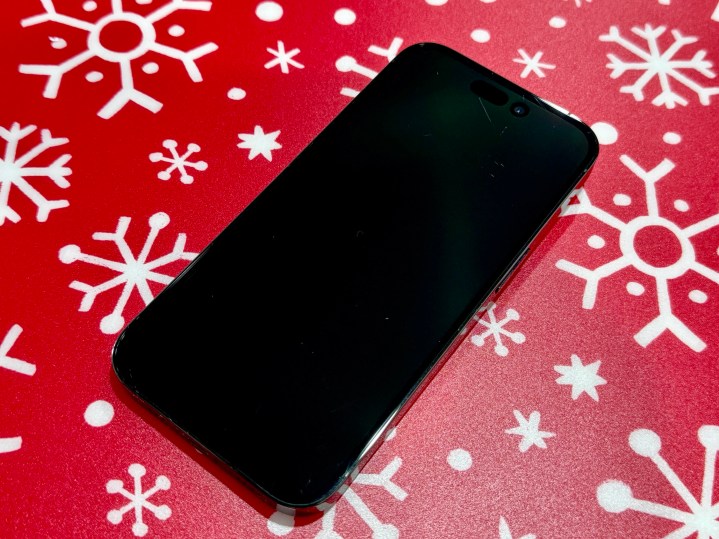
Similar to Andy, I also used my iPhone 14 Pro without a screen protector. However, I didn’t use my 14 Pro for a full 360+ days like Andy did. I initially started using the larger iPhone 14 Pro Max in September 2022, but I then shifted to the 14 Pro in March.
That makes it all the more surprising that my iPhone 14 Pro looks as bad as it does. It doesn’t look too terrible in the photo above, but the minute you shine a light directly on the screen, you see just how many scratches are all over the thing. Look for yourself in the gallery below; it isn’t pretty.
What caused my iPhone 14 Pro to get so badly scratched? I’m really not sure! I don’t recall ever dropping the phone or putting it in a situation where the screen was in harm’s way beyond regular use. Even so, the screen tells a different story.
To Apple’s credit, most of these scratches are barely visible when the screen is on, and I’m using the phone normally. But there are times when I can make the scratches out even when I’m not searching for them, and once I know they’re there, it’s hard not to notice them.
Has this pushed me to use a screen protector on my iPhone 15 Pro Max? It has not! And so far, it appears to be holding up better than my iPhone 14 Pro. I’m obviously still early into my time with the 15 Pro Max, but it looks like Apple is still improving year-over-year — even if just slightly — and that’s great to see.
Should you use a screen protector on your iPhone?

So, what does all of this mean for you? Should you be using a screen protector on your iPhone? That’s ultimately up to you to decide.
If you use your iPhone without a screen protector, you are going to get scratches on the screen; there’s no avoiding it. But the end result may not be as bad as you’re expecting. If you can live with some cosmetic imperfections, it’s possible to use your iPhone for an entire year without a screen protector and be just fine.
But if those scratches are going to bother you — or if you don’t trust yourself to not regularly drop your phone — investing in a screen protector is still a wise idea. They’re affordable, easy to install, and add extra peace of mind.
If you just bought a new iPhone (or are planning on getting one soon), it doesn’t hurt to look at our picks for iPhone 15 screen protectors, iPhone 15 Plus screen protectors, iPhone 15 Pro screen protectors, and iPhone 15 Pro Max screen protectors. No matter which model you get, we’ve got you covered.
Editors' Recommendations
- This one Apple Fitness feature completely changed how I exercise
- An Apple insider just revealed how iOS 18’s AI features will work
- iPhone 16: news, rumored price, release date, and more
- iPhone SE 4: news, rumored price, release date, and more
- 3 reasons why I’ll actually use Anker’s new iPhone power bank



